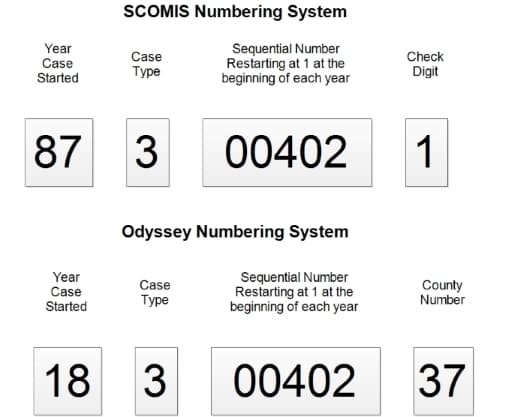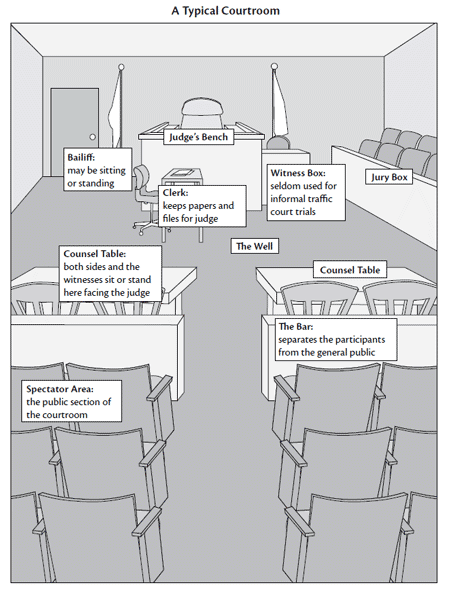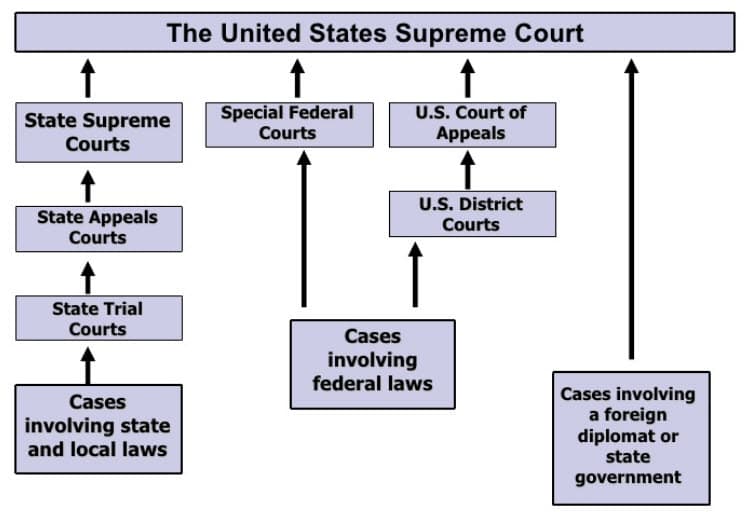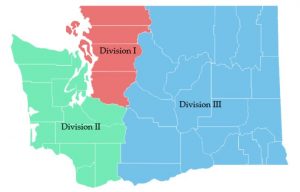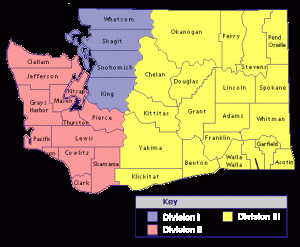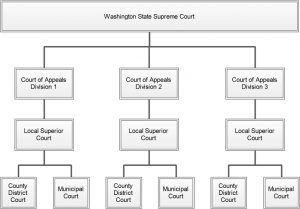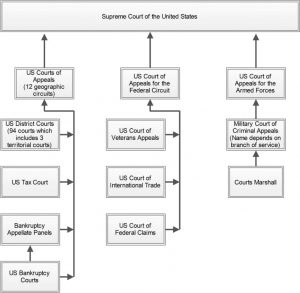The Nonresident Motorist Act (NRMA), found in RCW 46.64.040, provides the perfect stepping off point for a discussion of diligence. This is especially so because the type of case (auto tort) usually involves fairly large dollar values where the plaintiff is attempting to be made whole for personal injuries received in an automobile accident. The pertinent section of the statute reads as follows:
“Likewise each resident of this state who, while operating a motor vehicle on the public highways of this state, is involved in any accident, collision, or liability and thereafter at any time within the following three years cannot, after a due and diligent search, be found in this state appoints the secretary of state of the state of Washington as his or her lawful attorney for service of summons as provided in this section for nonresidents.”
Two cases decided by the Washington State Supreme Court and one case by the Division III Court of Appeals provide excellent examples of what the Court is looking for in terms of due diligence under this statute. They will be addressed chronologically.
Martin v. Meier – 1988 – Supreme Court
The Court provided following description of “due diligence” by saying the plaintiff shall make:
“…honest and reasonable efforts to locate the defendant. Not all conceivable means need be employed, but, at the least, the accident report, if made, must be examined and the information therein investigated with reasonable effort. In addition, if plaintiff has information available pertaining to defendant’s whereabouts other than that contained in the accident report, plaintiff must make reasonable efforts to investigate based on that information as well.”
In this case the Court found the plaintiff’s process server had done the following:
- Attempted service at the defendant’s last known address.
- Made inquiry at the university where the defendant was believed to be a student.
- Spoke with neighbors to determine if they knew where the defendant might have moved.
- Reviewed local telephone directories.
- Asked the police about the defendant.
These actions, or others similar, should be considered the minimum which should be done in order to reach an acceptable level of due diligence.
Martin v. Triol – 1993 – Supreme Court
The situation here was somewhat different from Martin v. Meier. The process server attempted service at the defendant’s residence as listed on the accident report but found they no longer lived there. The server managed to locate the defendant’s new address but, having made several attempts there, was unable to locate them. The server spoke with neighbors of the new address but they did not supply any new information regarding the defendant’s whereabouts.
An interesting aspect of this case deals was the fact that the plaintiff filed the suit with the court just prior to the expiration of the three year statute of limitations. Filing had the effect of tolling the statute of limitations (generally shortened to “tolling the statute”) for 90 days beyond the date of filing. The plaintiff did not give the service documents to a process server until July 20, 1990, just five days before the end of the 90 day period which was to end on July 25, 1990.
Seeing that the process server might not be able to effect service prior to July 25th the plaintiff had the documents served under the Nonresident Motorist Act via the Secretary of State in Olympia on July 24th. The process server continued attempts at the Triol’s residence through the end of the 90 day period, July 25th.
It was later learned the Triol’s were on a vacation in British Columbia during the time period the process server was attempting to serve them.
For process servers at least two very important rulings were made by the court in this case.
First, the Court held that filing a case with the court does toll the statute of limitations until the end of the statutory 90 day period even if that date is beyond the end of the normal statute of limitations.
Second, the Court held that despite the fact attempts at service began only five days before the end of the 90 day period, the plaintiff, through their process server, did act in good faith and with due diligence in attempting to serve the defendants.
Carras v. Johnson – 1995 – Court of Appeals Division III
This case is similar to Martin v. Triol in that service attempts did not commence until nine days before the end of the 90 day period. After seven days of effort the process server informed the attorney he had not been able to locate and serve the defendant. The next day the attorney served the summons and complaint, along with the necessary supporting documents on the defendants by presenting them to the Secretary of State in Olympia.
Once again the Court ruled on items of specific interest to process servers.
- Due diligence does not mean the use and application of all conceivable means to locate someone. It does mean making an honest and reasonable effort.
- Due diligence cannot be distilled to a specific set of actions on the part of the process server which can be described with mathematical certainty.
- The focus should be on what was done to locate the defendant and not on what was not done.
- The plaintiff, and therefore the process server, has a right to rely on the accident report if one was indeed made.
- A finding that the plaintiff conducted and completed due diligence is possible even if service attempts do not begin until a few days before the end of the statute or 90 day period.
Conclusion
A professional process server understands the importance of diligence and, in addition, has a good idea as to what the court is looking for in those situations where an alternative form of service, such as the NRMA, is put to use. It is good practice to perform “over kill” in these situations. Perform more diligence than is needed, document it thoroughly, and supply your client with a detailed Declaration of Diligence.
The PDF file attached to this article, entitled “NMRA Article by Justice Tom Chambers”, was written in the mid 1990s but is still valuable today. Professional process servers should supply a copy of the article to their client if they seem unfamiliar with the NMRA.
This quiz is for logged in users only.


